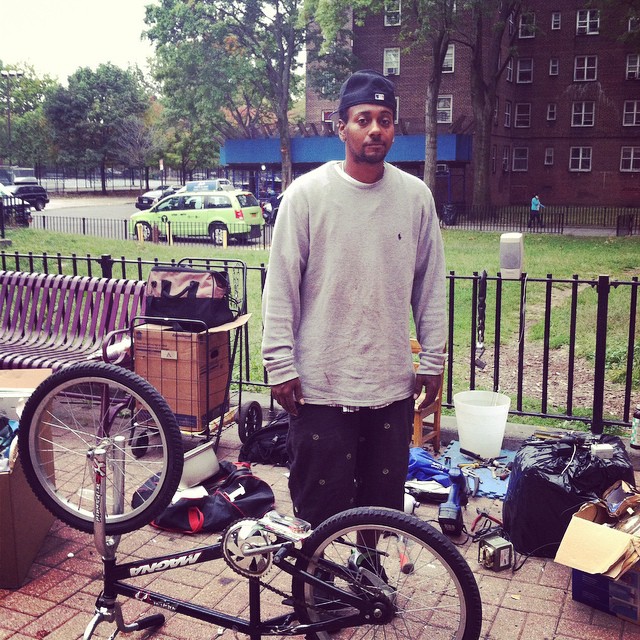 Posted Oct 8, 2014, 6:11 AM
Posted Oct 8, 2014, 6:11 AM
|
 |
BANNED
|
|
Join Date: Apr 2013
Location: Somewhere
Posts: 1,460
|
|
http://www.gothamgazette.com/index.p...s-climate-safe
Are New York's High-Risk Neighborhoods Climate Safe?

Quote:
....Red Hook and the Lower East Side (LES) were targeted because they were among the worst hit by Sandy in 2012 and remain among the most at risk for future climate-related damage from extreme weather and sea-level rise.
Uncertain future worries many
Many residents in both neighborhoods expressed concerns about whether they were, in fact, safer now. "Mother Nature has its own ideas," said Carlos Rosario, one middle-aged LES resident.
Rachel Goldberg, also of the LES, told our reporters she worries the city is less prepared because people think the storm is done and won't happen again. And another LES woman, Laura Pagan, 65, said she believes New York lacks the resources to deal with another storm of Sandy's magnitude.
Even The Big U, a several-hundred-million-dollar, federally funded project meant to prepare Lower Manhattan with a 10-mile series of preventative levees, didn't assuage residents' concerns. The project aims to further protect 29,000 public housings apartments, 150,000 residents and a Consolidated Edison substation from future storms.
But according to 39-year-old Rob Weber, while the Big U may make Lower Manhattan more resilient to coastal flooding, it won't prevent what he sees as the catastrophic effects of rising global temperatures. And Lilah Mejia, a climate activist who lives in the LES, said she won't feel climate safe as long as large corporations dominate the economy.
Some New Yorkers were reassured by steps they've seen to curb damages done by future storms. Said Carmelo Quinones, a 53-year-old LES resident, "They're repairing in a way to prevent any other floods in the future."
But many respondents couldn't say with certainty whether or not they believed themselves safer.
Patricia Nardone, a resident of the Knickerbocker Village since 1977 who was present during the entirety of Hurricane Sandy and left without water and power, said she likes that her building is constructing flood walls, but doesn't see any real protection from the river. And Jenny Chang, a Smith Healthcare Center employee, said she felt safer, but that the future was unpredictable.
....Most waterfront residents seemed keenly aware of their vulnerability, as knowledge of climate risks outstrip actual physical preparations. Their bond is strengthened, some suggested, but not their infrastructure.
So while they said precautions like gas-operated generators are much more commonplace now than two years ago, that doesn't mean barriers or drainage has been improved.
And while some have flood insurance or have repaired their homes and are hopeful that they'll never have to face the trials and tribulations of another Sandy, others haven't taken any measures at all.
Jamie Lynn, bartender at Fort Defiance restaurant in Red Hook, said of her climate safety, "I'm not overly concerned. I'm not living in fear." (photo by Jessica Bal)
|

|